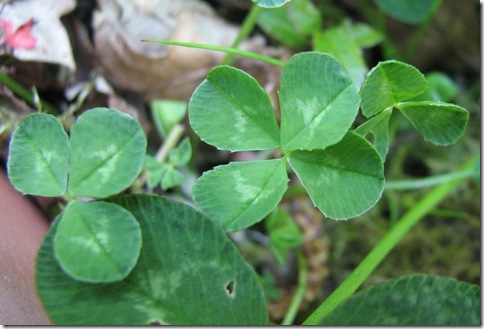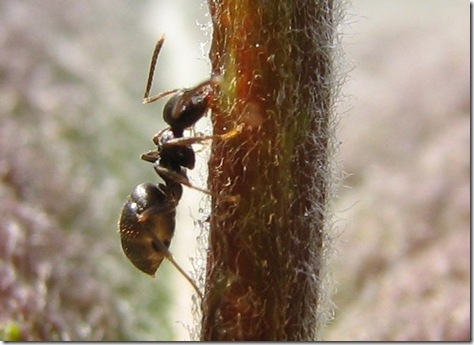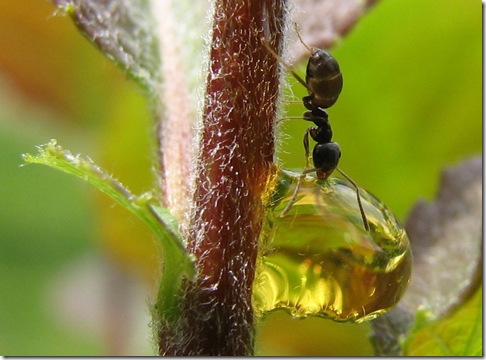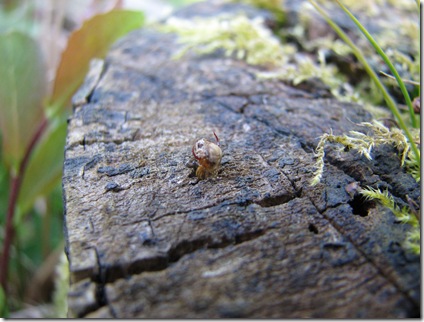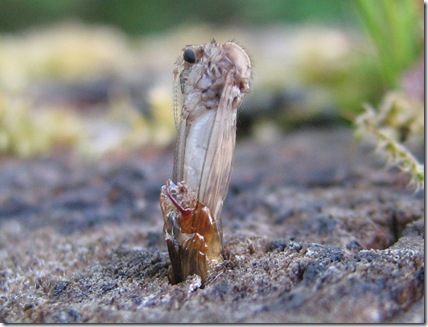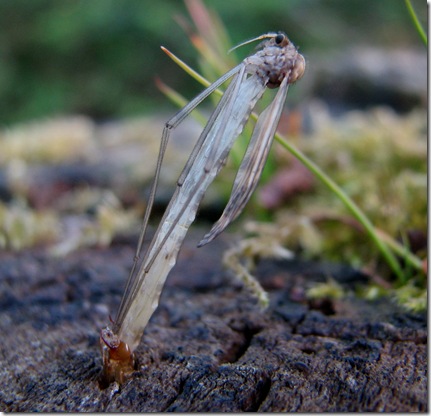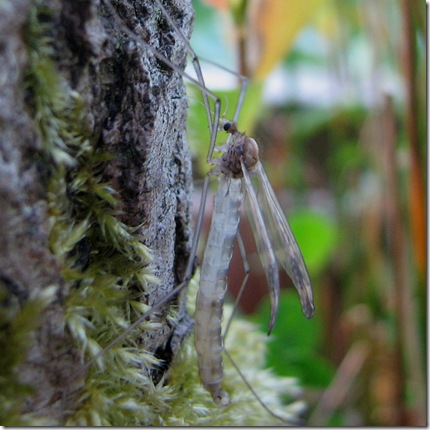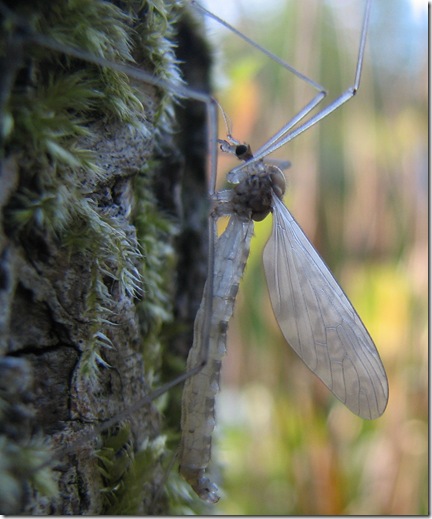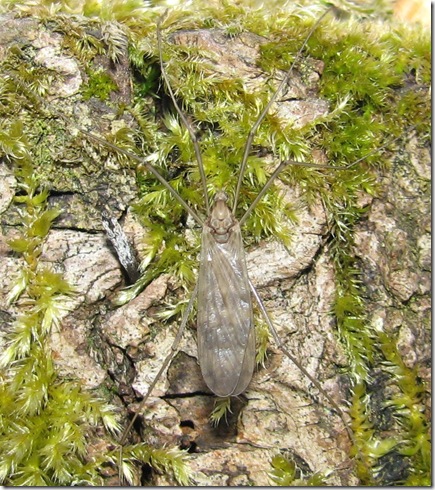A lucky find
The white clover (Trifolium repens) is doing well again this year and, while surveying the plant yesterday, I discovered one four-leaved version.
Four-leaved clovers have been an acknowledged bringer of good luck across much of Europe, and now America, for a very long time. Written references date back almost to the 14th century so it is likely that its powers were acknowledged long before that.
The reason seems to be that the quatrefoil more closely resembles a cross, than the normal trefoil version (on the left of the picture above). Indeed, many Celtic crosses have four arms arranged in a similar way to the quatrefoil. Perhaps this is also a reflection of the fact that St Patrick is reputed to have explained the Holy Trinity, the Three in One and One in Three, by reference to the normal three-leaved clover indicating that the four-leaved version also had a special significance.
The four-leaved variant is thought to be caused by genetic or chemical disturbance (what else could it be - physical damage perhaps?)
It is difficult to say how abundant four-leaved clovers are in any particular area. If people spend time looking for them in areas where clover is common they usually seem to find a few, but part of their mystique obviously derives from their relative scarcity. So far as the window box is concerned, I have only found this first one ever among the several hundred leaves currently present.
